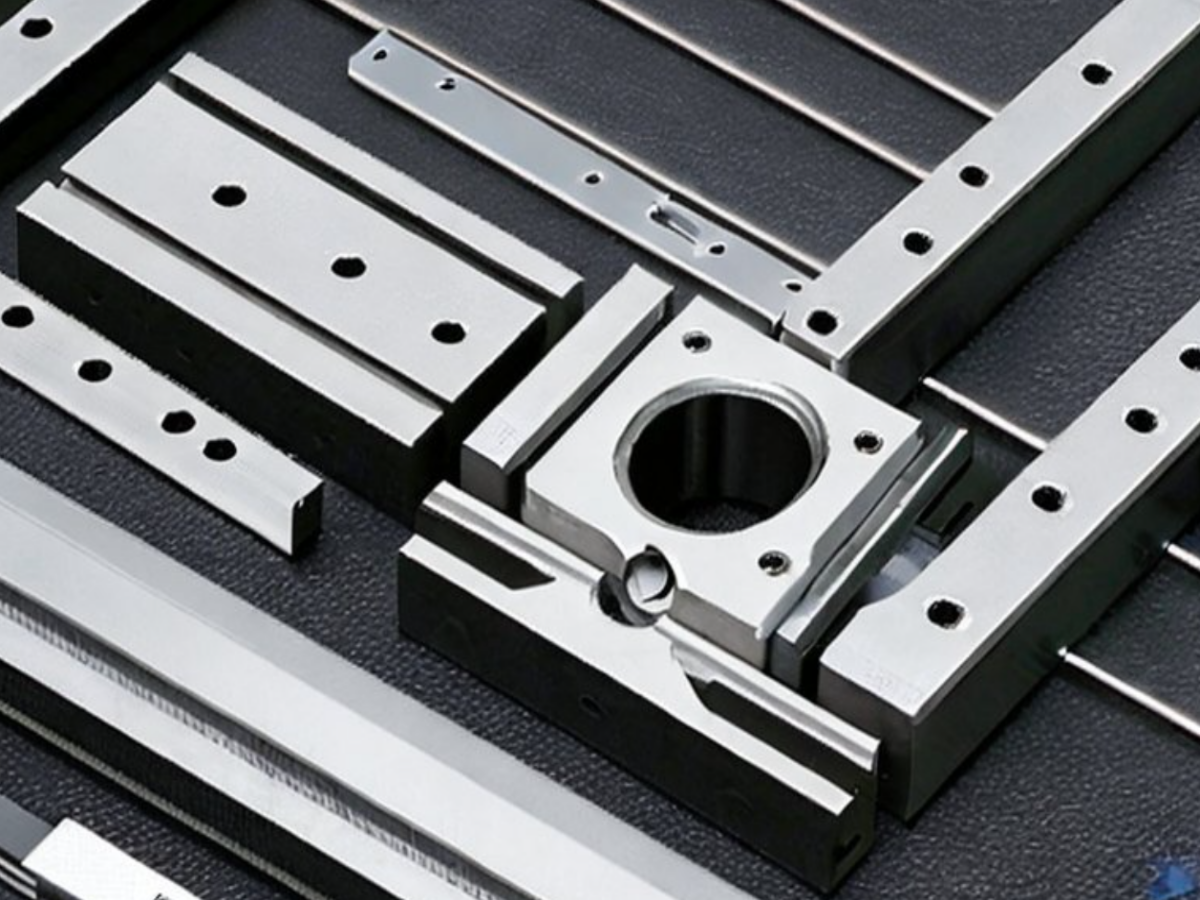Introduction
Linear guide rails and blocks are important components in various industrial applications, such as robotics, automation, and CNC machines. They provide precise and smooth linear motion for machines and equipment, ensuring accurate and consistent performance. In this article, we will discuss the basics of linear guide rails and blocks, their types, and their advantages.
Types of Linear Guide Rails and Blocks
1. Ball-type linear guide rails and blocks - These are the most common type of linear guides, consisting of a rail with a series of balls rolling between it and the block. They provide smooth and low-friction linear motion and are suitable for high-speed applications.
2. Roller-type linear guide rails and blocks - These guides use rollers instead of balls, providing higher load capacity and rigidity. They are ideal for heavy-duty applications that require high precision and accuracy.
3. Magnetic linear guide rails and blocks - These guides use magnetic fields to provide linear motion, allowing for contactless and maintenance-free operation. They are suitable for cleanroom and vacuum applications, where contamination must be avoided.
Advantages of Linear Guide Rails and Blocks
1. High precision and accuracy - Linear guide rails and blocks provide precise and consistent linear motion, ensuring accurate positioning and repeatability.
2. Low friction and smooth motion - Linear guides use rolling elements, providing low friction and smooth motion, reducing wear and tear on machines and equipment.
3. High load capacity and rigidity - Linear guides can handle high loads and provide high rigidity, ensuring stability and durability in heavy-duty applications.
4. Easy installation and maintenance - Linear guides are easy to install and maintain, reducing downtime and increasing productivity.
Conclusion
Linear guide rails and blocks are essential components in various industrial applications, providing precise and smooth linear motion for machines and equipment. They come in different types, each with its advantages and disadvantages, depending on the application requirements. By understanding the basics of linear guide rails and blocks, you can select the right type for your application and ensure optimal performance and reliability.

